Snakes have long fascinated humans, both for their beauty and their lethal capabilities. Among the more than 3,000 species of snakes worldwide, a select few possess venom that can be fatal to humans. Understanding these snakes not only highlights the incredible diversity of nature but also emphasizes the importance of respecting wildlife. Here, we explore The 10 Most Venomous Snakes in the World
1. Inland Taipan (Oxyuranus microlepidotus)
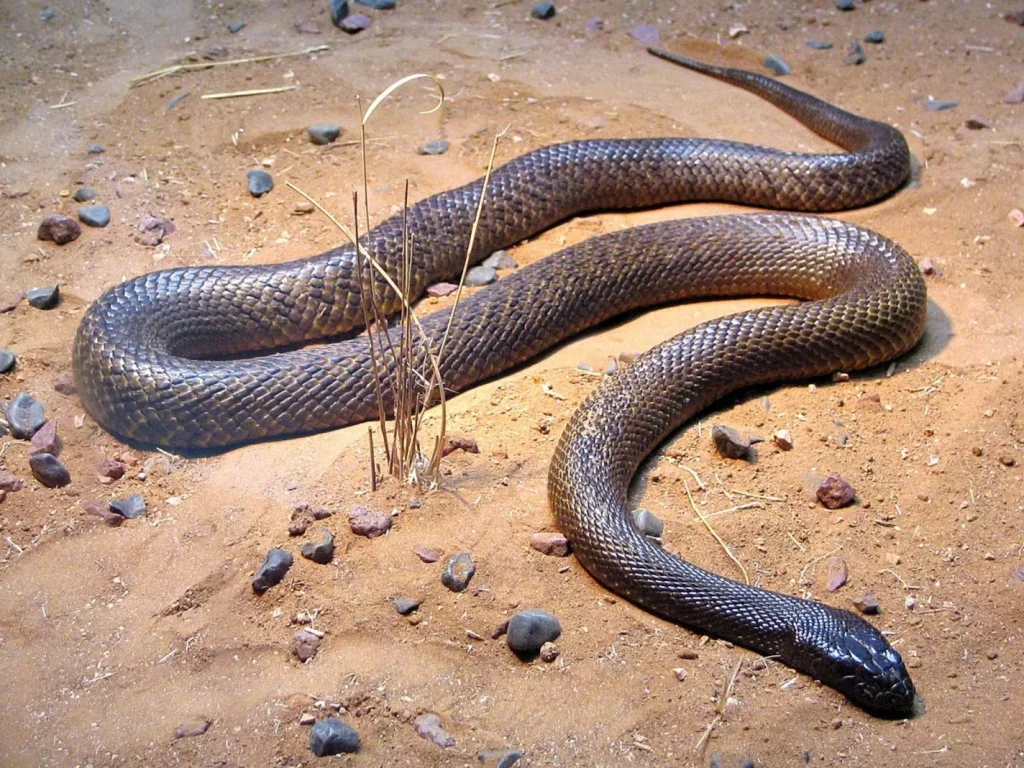
Overview
An often-used name for the Inland Taipan is the “fierce snake,” which is the most venomous snake in the world. Native to Australia, its venom is estimated to be 50 times more toxic than that of the Indian cobra.
Venom and Effects
The venom contains potent neurotoxins and hemotoxins, which can cause paralysis, internal bleeding, and death within hours. However, the Inland Taipan is reclusive and rarely encounters humans, making bites exceedingly rare.
2. Eastern Brown Snake (Pseudonaja textiles)
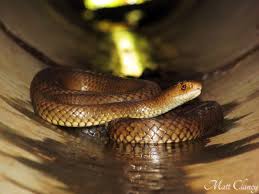
Overview
The Eastern Brown Snake is responsible for more than half of all snakebite fatalities in Australia. Its venom is highly toxic, and it is known for its aggressive nature when threatened.
Venom and Effects
This snake’s venom affects the blood’s ability to clot, leading to rapid organ failure. Antivenom is effective if administered promptly, but delays can be fatal.
3. Black Mamba (Dendroaspis polylepis)
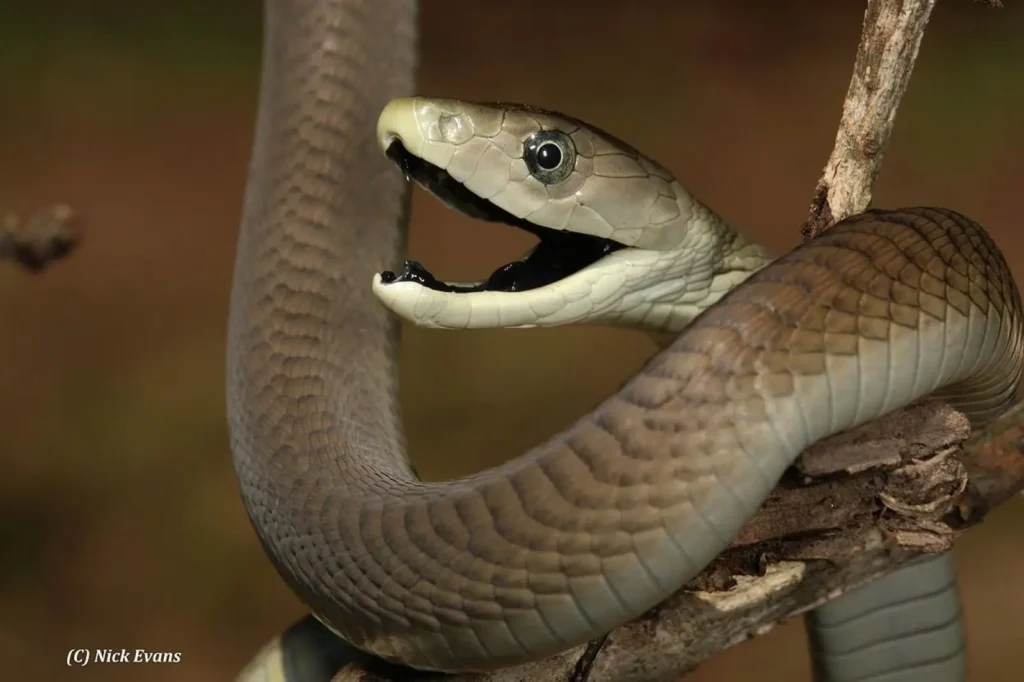
Overview
The Black Mamba, native to Africa, is not only one of the deadliest snakes but also one of the fastest, capable of moving at speeds up to 12 miles per hour.
Venom and Effects
Its venom is a neurotoxin that can cause death within 20 minutes if untreated. Paralysis, respiratory system failure and cardiac arrest are among the symptoms. Fortunately, antivenom is available, but immediate medical attention is crucial.
4. King Cobra (Ophiophagus hannah)
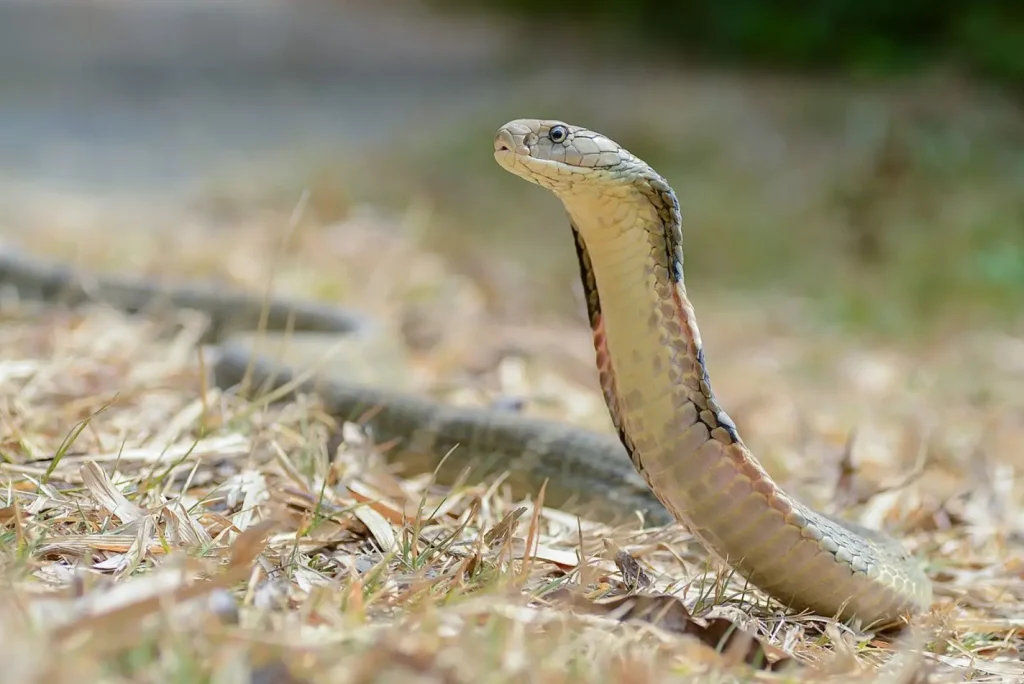
Overview
The KING COBRA can grow over 5.5 meters long and is the largest of all venomous snakes. Found throughout Southeast Asia, it is both revered and feared.
Venom and Effects
Its venom can kill an adult elephant, and a single bite can deliver enough toxin to be lethal to multiple humans. It is the mainly the nervous system that is affected by the venom, and as a result, it causes paralysis and respiratory failure.
5. Philippine Cobra (Naja philippinensis)
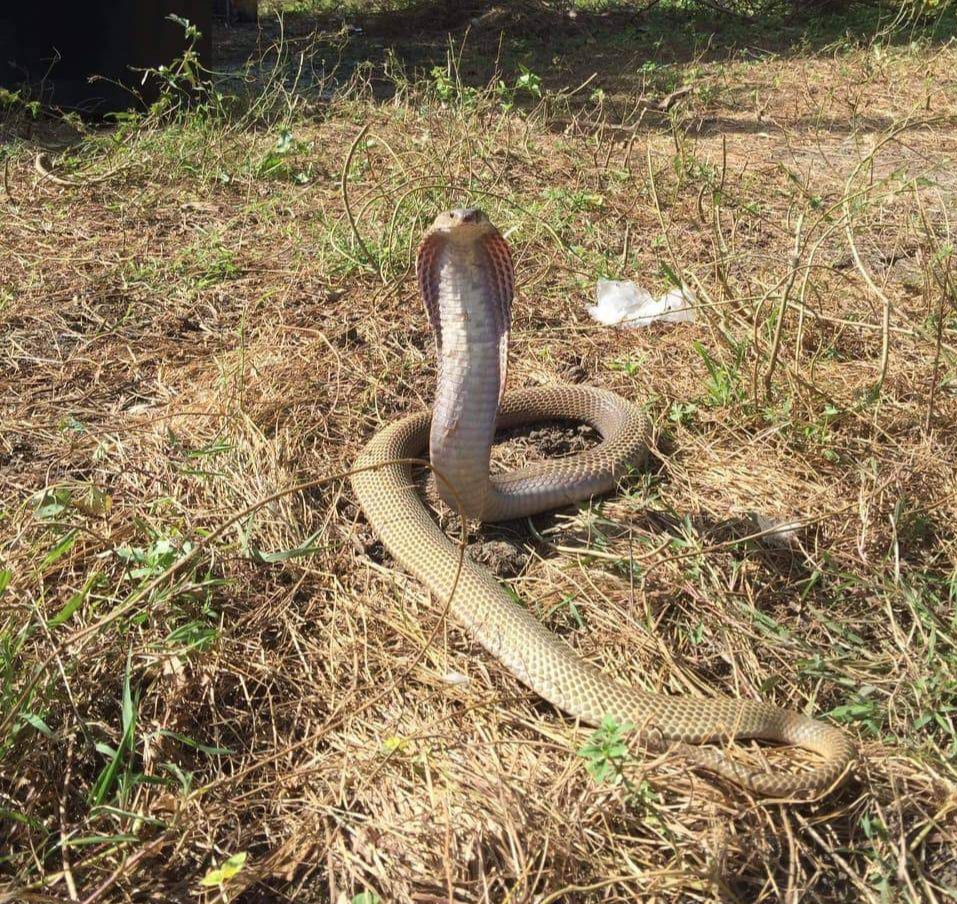
Overview
The Philippine Cobra is known for its ability to spit venom, which can reach distances of up to 3 meters. This snake is found primarily in the Philippines and is highly aggressive.
Venom and Effects
The venom is highly neurotoxic and can cause respiratory paralysis within 30 minutes. Fatalities can occur without prompt treatment, and the availability of antivenom is limited in some areas.
6. Fer-de-Lance (Bothrops asper)

Overview
Commonly found in Central and South America, the Fer-de-Lance is known for its potent venom and aggressive behavior.It is responsible for a significant number of snakebite incidents in its range
Venom and Effects
The venom contains hemotoxins that can lead to severe tissue damage and internal bleeding. Immediate medical treatment is crucial to mitigate the effects of the bite.
7. Boomslang (Dispholidus typus)
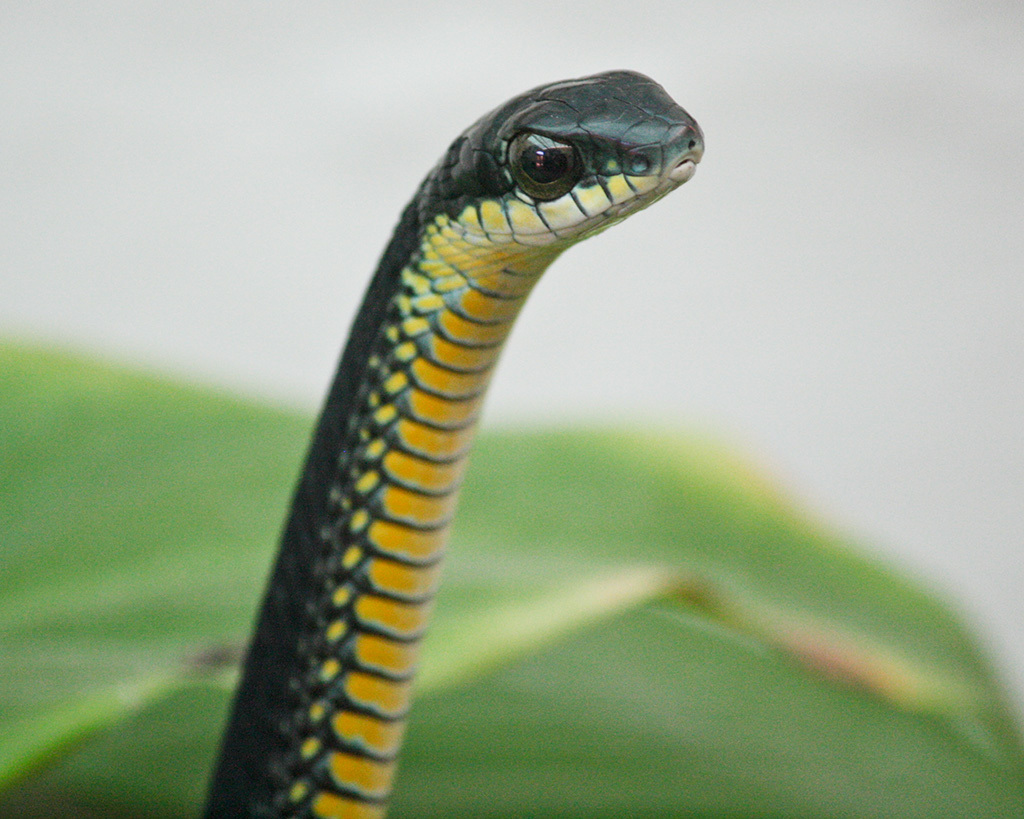
Overview
The Boomslang, native to sub-Saharan Africa, is a tree-dwelling snake known for its striking green coloration and large eyes. While it is often shy, it is highly venomous.
Venom and Effects
The venom is hemotoxic and can cause uncontrollable bleeding and organ failure. Bites can go unnoticed for hours, with symptoms appearing only later, making immediate medical attention critical.
8. Gaboon Viper (Bitis gabonica)
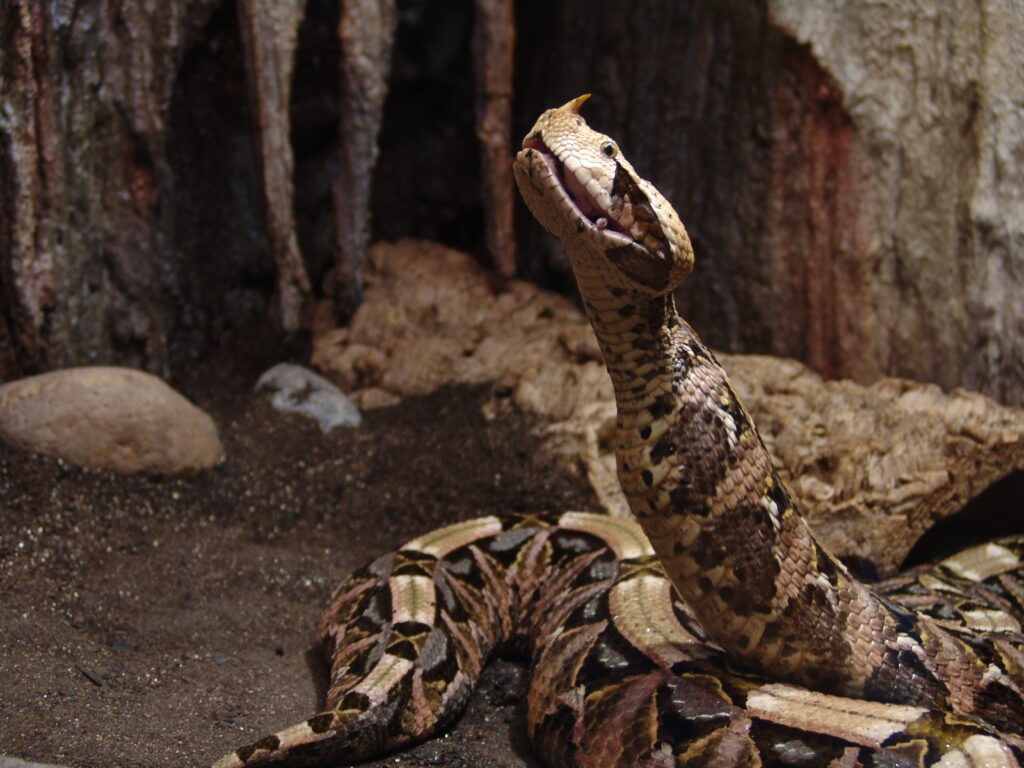
Overview
The Gaboon Viper, found in the rainforests of Central and West Africa, is notable for its impressive size and beautiful patterning. It has the largest fangs of any snake.
Venom and Effects
While its venom is not the most toxic, the amount delivered in a bite can be substantial, causing severe swelling, pain, and potentially fatal shock. Antivenom is available but not always accessible in remote areas.
9. Russell’s Viper (Daboia russelii)
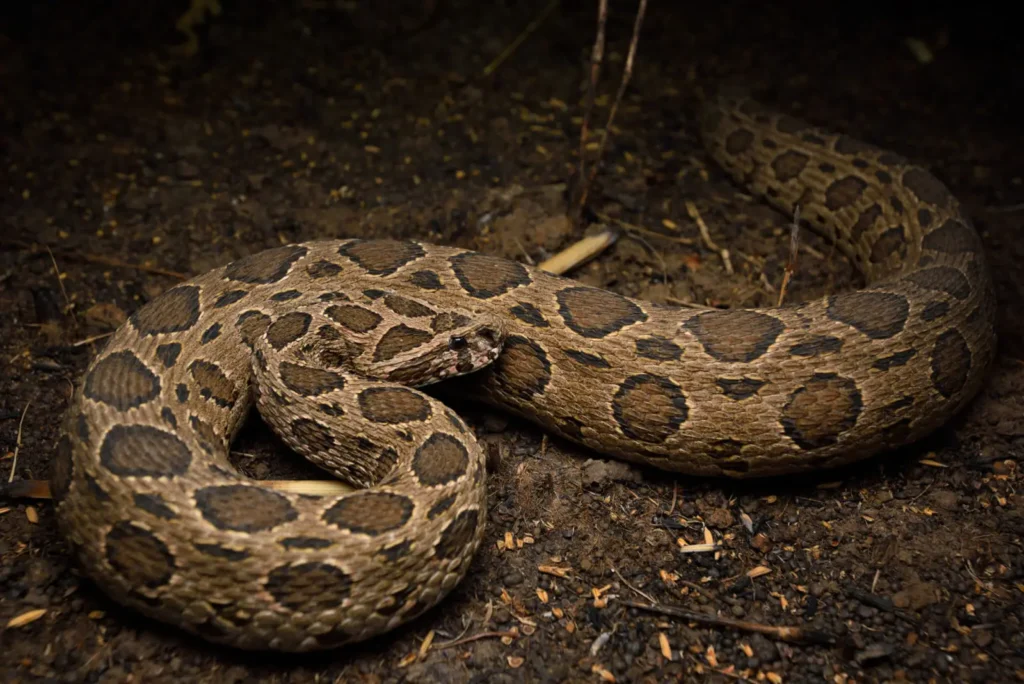
Overview
Native to South Asia, Russell’s Viper is responsible for a large number of snakebites in India and surrounding countries. It is recognizable by its distinct pattern.
Venom and Effects
Its venom is hemotoxic, causing severe tissue damage and bleeding disorders. With prompt treatment, fatalities can be avoided, but many victims face long-term health issues.
10. Tiger Snake (Notechis scutatus)
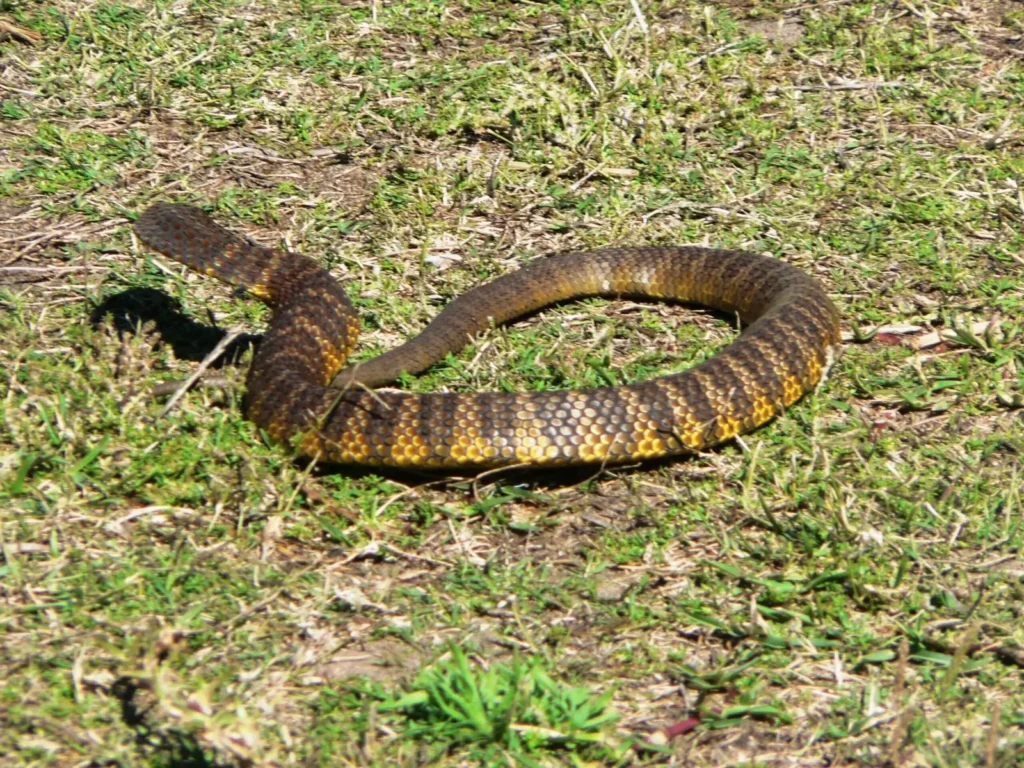
Overview
The Tiger Snake is found in southern Australia and Tasmania. It is known for its aggressive temperament and potent venom.
Venom and Effects
Its venom affects the nervous system and can lead to paralysis and death if untreated. Like many other venomous snakes, immediate medical attention is essential for recovery.
Conclusion
The 10 Most Venomous Snakes in the World are a testament to the incredible adaptability and diversity of snake species. While their venom can be lethal, these snakes play vital roles in their ecosystems. Most bites occur when humans encroach on their habitats or provoke them, emphasizing the need for education and respect for wildlife. By understanding these remarkable creatures and taking necessary precautions, we can coexist with them safely and appreciate the wonders of the natural world.

























